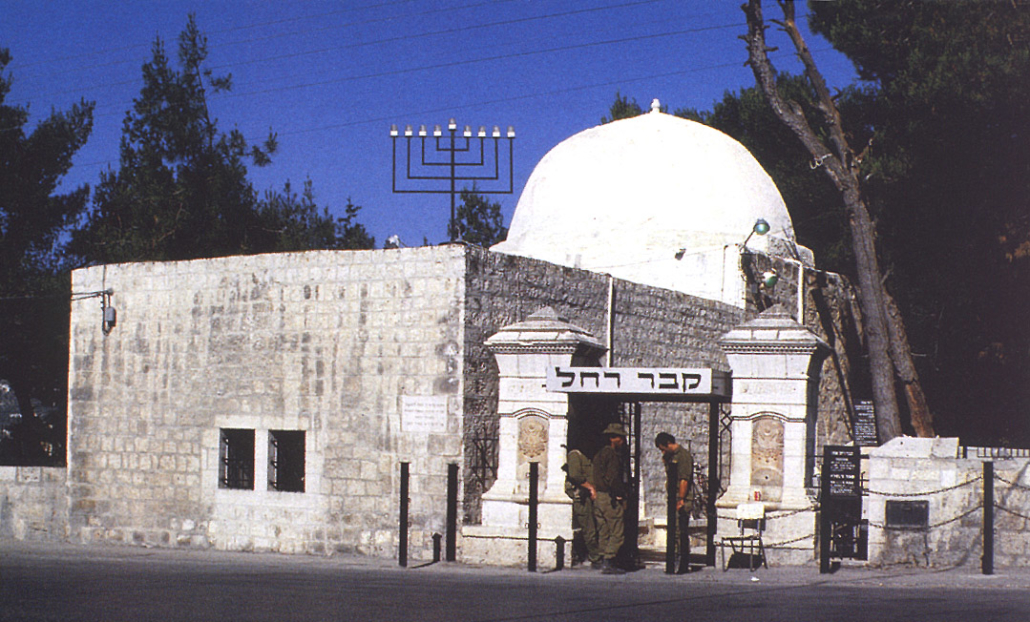 |
| courtesy, Archaeological-Tours.com |
Below, is a list Egypt’s rulers beginning with the Pharaohs. It briefly glosses over the list of Pharaohs (since there are so many of them), and are followed, in more detail, by their successors, the Coptic Popes based in the Church of Saint Mark in Alexandria. The Arab and Muslim occupation rulers are ignored unless it’s important to mention.
Before the
conquest by Alexander the Great in 332 BCE, Egypt was ruled by a series of 31
dynasties. The first dynasty began c. 3200 BCE under Narmer who unified Upper
and Lower Egypt. Other well-known Pharaohs since then included:
Djoser, Snefru, Khufu, Neferefre, Mentuhotep, Amenemhat, Ahmose,
Yaqub Har (during whose reign, the Hyksos invaded Egypt and replaced the native Egyptian dynasties with their own beginning with Semqen),
Sekhemre (last Hyksos king before being driven out thus, re-establishing native Egyptian rule beginning with Rahotep),
Kamose, Amenhotep, Thutmose, Hatshepsut, Manetho, Akhnaten, Tutankamun, Nefertiti,
Raamses II (possibly the same Pharaoh during the Exodus),
Horemheb, Seti, Merneptah, Shishak,
Bocchoris under whose reign, the Nubians took over the throne under Piye. (The Nubians today are the indigenous people of Sudan, also living under Arab occupation and oppression.),
Shabaka, Taharqa,
Tantamani (last Nubian Pharaoh in Egypt before they were driven out and the throne, once again, came under native rule under Tefnakht II),
Necho, Psamtik, Apries.
Djoser, Snefru, Khufu, Neferefre, Mentuhotep, Amenemhat, Ahmose,
Yaqub Har (during whose reign, the Hyksos invaded Egypt and replaced the native Egyptian dynasties with their own beginning with Semqen),
Sekhemre (last Hyksos king before being driven out thus, re-establishing native Egyptian rule beginning with Rahotep),
Kamose, Amenhotep, Thutmose, Hatshepsut, Manetho, Akhnaten, Tutankamun, Nefertiti,
Raamses II (possibly the same Pharaoh during the Exodus),
Horemheb, Seti, Merneptah, Shishak,
Bocchoris under whose reign, the Nubians took over the throne under Piye. (The Nubians today are the indigenous people of Sudan, also living under Arab occupation and oppression.),
Shabaka, Taharqa,
Tantamani (last Nubian Pharaoh in Egypt before they were driven out and the throne, once again, came under native rule under Tefnakht II),
Necho, Psamtik, Apries.
Thereafter, Egypt became an autonomous province in the Persian Empire until the Persians were driven out in 404 BCE by Amyrtaeus. In 343 BCE, the Persians returned only to be driven out again eleven years later by the Macedonian Greeks under Alexander the Great who founded the city named after himself – Alexandria. Alexander’s successors, the Ptolemies ruled for almost three centuries, its most famous ruler being Cleopatra.
In 30 BCE,
Egypt was conquered by Rome. In the first century, Christianity was introduced which
eventually evolved into its own unique form – Coptic Christianity. Its first
leader was said to be St. Mark, a disciple of Jesus Christ. He established the
holy seat in Alexandria in a church that bears his name and where future Coptic
popes would rule, on and off, ever since. He was martyred c. 61 CE by the
Romans and was succeeded by St. Anianus. His successors during the early
centuries of the Church were as follows: Avilius, Kedron, Primus, Justus,
Eumenius, Markianos, Celadion, Agrippinus, Julian, Demetrius, Heraclas,
Dionysuis, Maximus, Theonas, Peter, Achillas, Alexander, Athanasius, Peter II,
Timothy, Theophilus, Cyril, Dioscorus, Timothy II, Peter III, Athanasius II,
John I, John II, Dioscorus II, Timothy III, Theodosius, Peter IV, Damian,
Anastasius, and Andronicus.
Under the
Arab conquest and occupation (641-1171): Benjamin, Agathon, John III, Isaac,
Simeon, Alexander II, Cosmas, Theodore, Michael, Mina, John IV, Mark II, James,
Simeon II, Joseph, Michael II, Cosmas II, Shenouda, Michael III, Gabriel,
Cosmas III, Macarius, Theopilus, Mina II, Abraham, Philotheos, Zacharias,
Shenouda II, Christodoulos, Cyril II, Michael IV, Macarius II, Gabriel II,
Michael V, John V.
Under the
rule of the Kurdish Ayyubid dynasty (1171-1250): Mark III, John VI, Cyril III.
Under the
rule of the Mameluke dynasty (former Turkish slaves, 1250-1517): Athanasius
III, Gabriel III, John VII, Theodosius II, John VIII, John IX, Benjamin II,
Peter V, Mark IV, John X, Gabriel IV, Matthew, Gabriel V, John XI, Matthew II,
Gabriel VI, Michael VI, John XII.
Under the rule of the Ottoman Turkish Empire (1517-1880): John XIII, Gabriel VII, John XIV, Gabriel VIII, Mark V, John XV, Matthew III, Mark VI, Matthew IV, John XVI, Peter VI, John XVII, Mark VII, John XVIII, Mark VIII (Egypt briefly under French rule during his reign), Peter VII, Cyril IV, Demetrius II.
Cyril V:
during his reign, Egypt passed from Ottoman to British rule and then, in 1922, “independence”
but as an Arab Muslim country. At the time, such an identification was not
emphasized, but since the revolution in 1952, it was, and the indigenous
Egyptians have lived under Arab occupation and oppression ever since. The
Coptic Popes who ruled from St. Mark’s Church in Alexandria since the reign of
Cyril V, until today, were: John XIX, Macarius III, Joseph II, Cyril VI,
Shenouda III, Tawadros II (the present incumbent).


